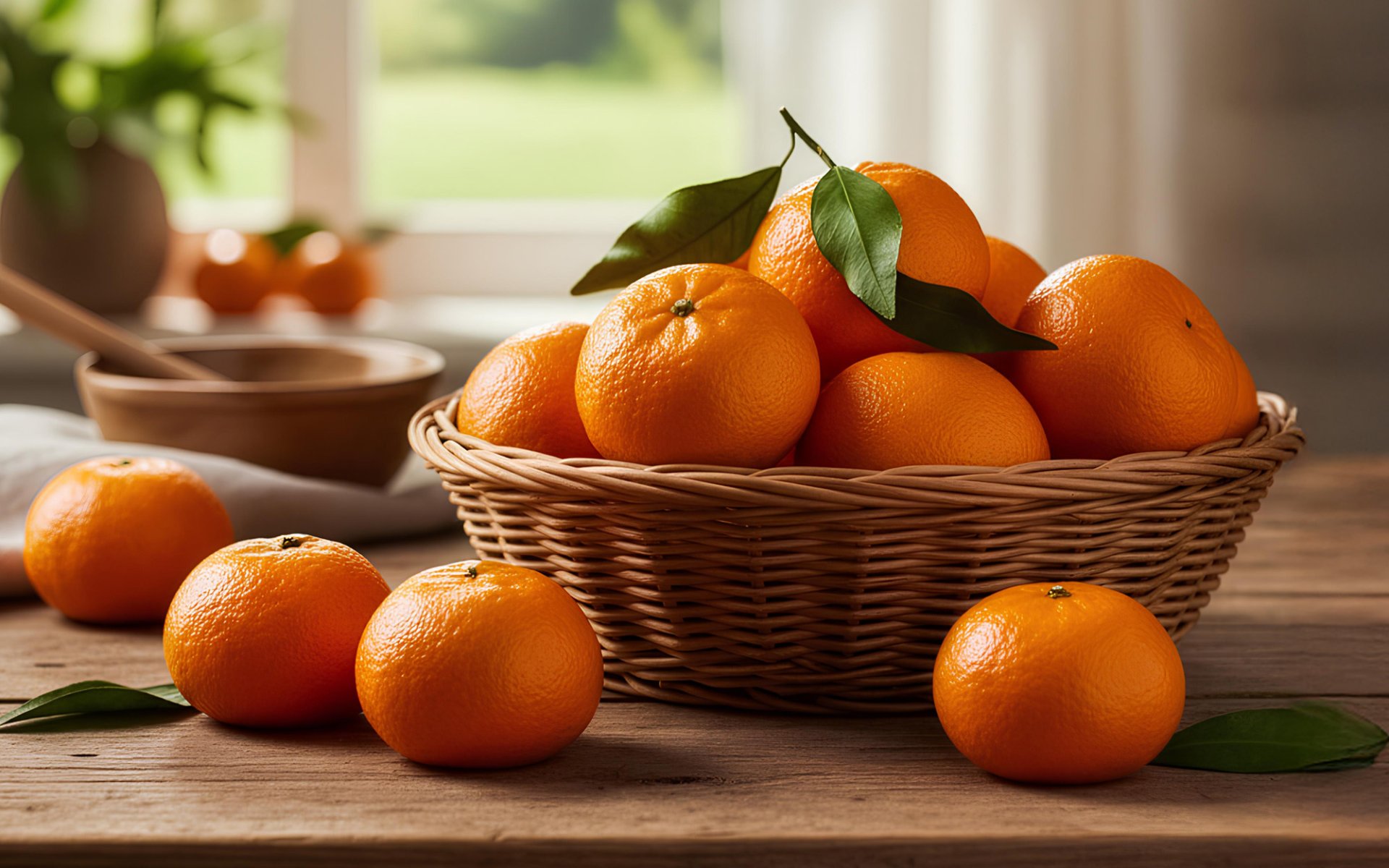Australian Mandarin
Last updated: 30 Sept 2025

The Australian Mandarin is one of the most important economic fruits in Australia, playing a major role in the countrys agricultural industry. This fruit is not only popular in the domestic market but also highly regarded in international exports. Known for its exceptional quality, sweet and juicy flavor, and easy-to-peel skin, Australian mandarins come in popular varieties such as Imperial, Honey Murcott, Afourer, and Hickson.
Origins of Mandarin Oranges
Mandarins originated in East Asia, particularly in China and Japan, where they have been cultivated for thousands of years before spreading to other parts of the world.Mandarins were first introduced to Australia during the early settlement period, likely through trade with China. Historical records show that mandarins were planted in Sydneys Botanical Gardens as early as 1828.
Initially, most mandarin varieties brought to Australia were traditional Asian cultivars such as the Satsuma from Japan and the Ponkan from China. However, these varieties did not adapt well to Australias unique climate and soil conditions, resulting in limited popularity and cultivation during that period.
Expansion in the 20th Century
By the early 20th century, mandarin cultivation began to expand across several regions of Australia, particularly in New South Wales, Victoria, and South Australia. Farmers recognized the fruits potential in the market and started experimenting with its cultivation.Despite this, growers faced many challenges, including plant diseases, pests, and limited knowledge of proper care and cultivation methods. This resulted in inconsistent quality and insufficient supply to meet market demand.
Research and Development in the 1960s1970s
During the 1960s and 1970s, the Australian government began to prioritize fruit industry development by establishing agricultural research institutes and development centers. Scientists and botanists collaborated with farmers to develop mandarin varieties better suited to Australias environment. Research focused on several key areas:
- Variety Selection: Testing mandarin varieties from around the world to identify those with high yield, disease resistance, and good quality.
- Breeding Improvements: Crossbreeding to create new varieties with desirable traits, such as larger fruit size, sweeter flavor, thinner peel, and fewer or no seeds.
- Pest and Disease Control: Studying major pests and plant diseases to develop effective and safe prevention methods.
- Cultivation Techniques: Developing better methods for irrigation, fertilization, and pruning to increase yield and improve fruit quality.
Popular Varieties of Australian Mandarins
After years of research and development, Australia successfully cultivated several mandarin varieties, each with unique characteristics and harvesting seasons:- Imperial Mandarin: One of the most popular varieties, featuring medium to large fruit, deep orange skin, easy peeling, and a sweet, juicy flavor. Harvested in mid-winter.
- Murcott: Known for its strong sweetness and fragrance. The fruit is slightly flattened, with thin, firm skin, harvested from late winter to early spring.
- Hickson: A high-yield variety that stores well, making it ideal for export. Sweet in taste with easy-to-peel skin.
- Afourer (W. Murcott): A relatively new variety with medium-sized fruit, reddish-orange skin, seedless or nearly seedless, and sweet, juicy flavor.
- Daisy: Distinguished by its seedlessness, medium size, and sweet flavor.
Growth Since the 1980s
From the 1980s onwards, Australias mandarin industry grew rapidly. Key factors driving this growth included investments in technology, the formation of farmer cooperatives and grower organizations to strengthen production and marketing, the expansion of export markets, and the establishment of strict quality standards. These measures earned Australian mandarins a global reputation for high quality.The Industry Today
Today, mandarins are one of Australias most important fruits, with tens of thousands of hectares under cultivation (approximately 100,000,000 square meters). The industry generates export revenues worth hundreds of millions of Australian dollars annually and provides employment for thousands of workers, both on farms and in packing facilities.You can find Australian Mandarins at Rimping Supermarket.
Related Content


